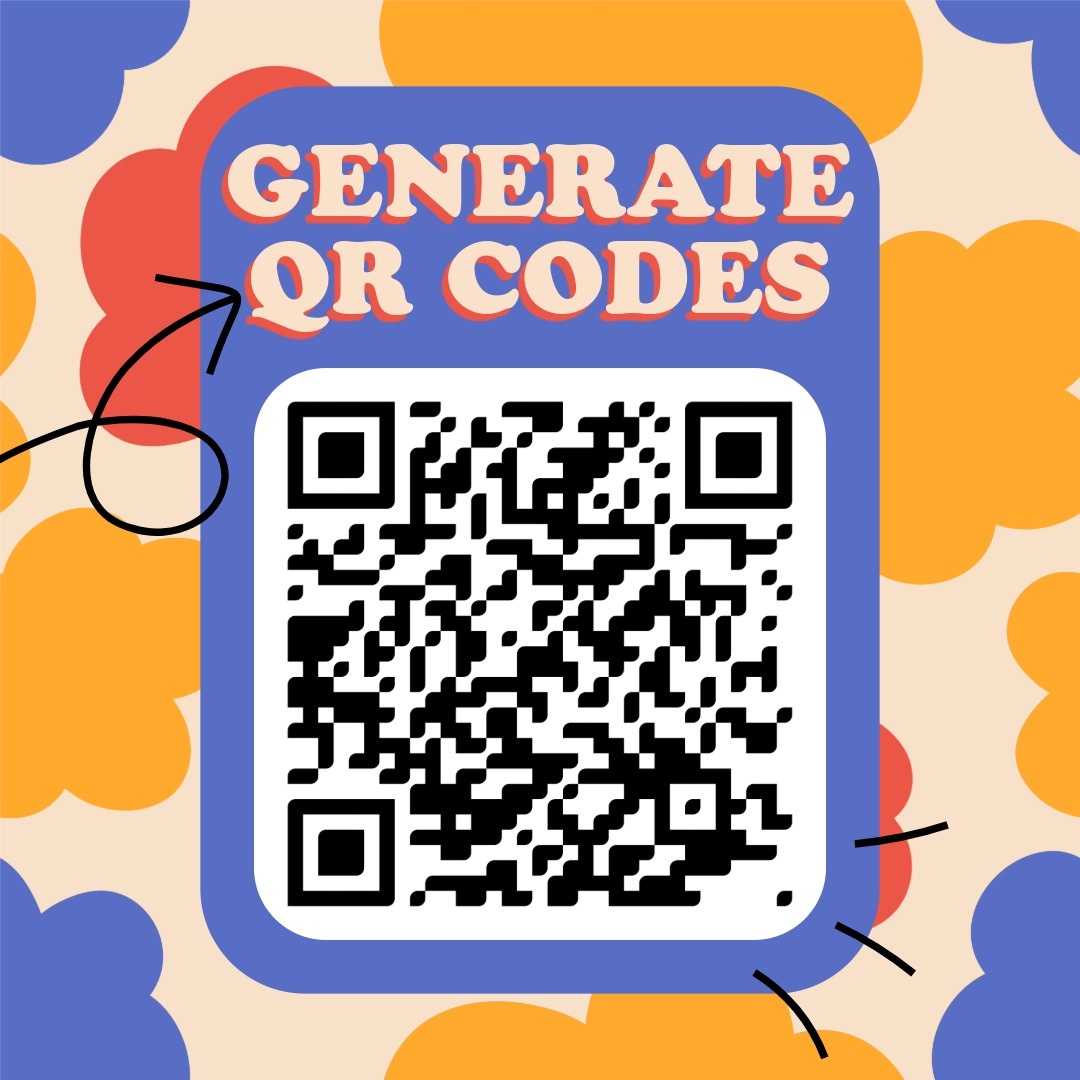Overview of HTML Elements
HTML elements are the building blocks of all web pages. They define what type of content appears on a page and how it is structured.
Structure of an HTML Document
Every HTML page is a document composed of specific elements. The most important ones include <html>, <head>, <title>, and <body>.
Commonly Used HTML Elements
Below are some commonly used HTML elements that every beginner should know.
<p>– Represents a paragraph of text.<h1>–<h6>– Defines headings from the largest (<h1>) to the smallest (<h6>).<a>– Defines a hyperlink or link.<img>– Used to display images.<div>– A block-level container used for structuring content.<span>– An inline element used for styling.
HTML Element Examples
Here are a few simple examples of what these elements look like in practice.
Code Details
<p>This is a paragraph.</p>
<h1>This is a heading</h1>
Preview
This is a paragraph.
Block-Level and Inline Elements
HTML elements can be either block-level (like <div>) or inline (like <span>). Block-level elements start on a new line, while inline elements do not break the flow of the text.
Nesting Elements
HTML allows elements to be nested within each other. It’s important that the nesting is logical and correct — don’t close elements too early or too late.
✨ Ask Lara — your AI study partner
Unlock personalized learning support. Lara can explain lessons, summarize topics, and answer your study questions — available from the Go plan and above.
Lara helps you learn faster — exclusive to ReadyTools Go, Plus, and Max members.


